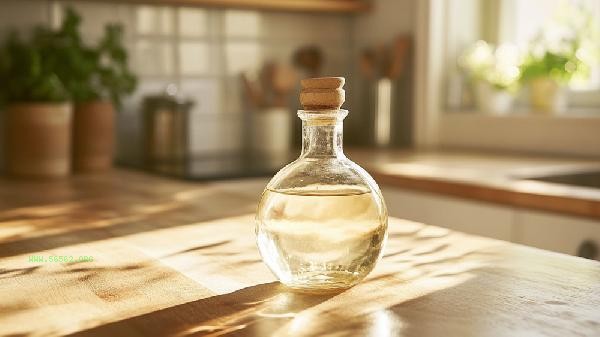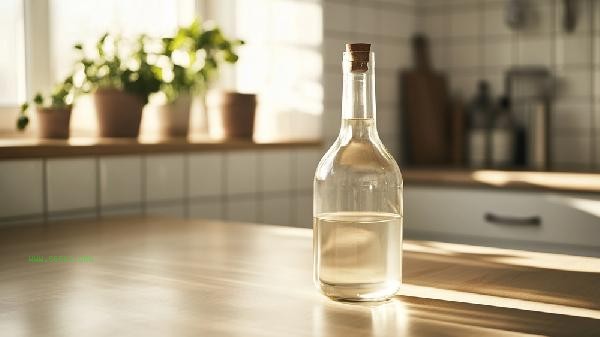Hot water bottles can be soaked in white vinegar, but the specific operation method depends on the material and cleaning purpose. The acidity of white vinegar helps dissolve scale and is suitable for glass lined hot water bottles. It may cause corrosion to stainless steel or plastic materials. After long-term use, glass lined hot water bottles are prone to accumulate calcium carbonate scale, and the acetic acid in white vinegar can react chemically with the scale to produce soluble substances. When operating, mix white vinegar and water in a 1:1 ratio and pour them into a bottle. Let it stand for a few hours and shake to rinse. This method can be repeated for stubborn scale, and after cleaning, it needs to be thoroughly rinsed with clean water to avoid residual acetic acid affecting the taste of drinking water. The inner wall of stainless steel hot water bottles usually has a chromium oxide protective layer, which may be damaged by long-term contact with acidic substances. Plastic hot water bottles that come into contact with acetic acid may accelerate aging or release harmful substances. It is recommended to use baking soda solution or specialized cleaning agents for this type of material, and avoid soaking it in white vinegar. If white vinegar must be used, the soaking time should be controlled within half an hour and thoroughly rinsed immediately.

When cleaning a hot water bottle, it is recommended to focus on handling areas such as the thread of the bottle mouth that are prone to dirt accumulation, which can be physically cleaned with a soft bristled brush. Regular cleaning can maintain drinking water hygiene, but attention should be paid to the differences in the tolerance of different materials to cleaning agents. If any abnormal conditions such as fogging or discoloration are found on the bottle body after cleaning with white vinegar, the cleaning method should be stopped immediately.










Comments (0)
Leave a Comment
No comments yet
Be the first to share your thoughts!